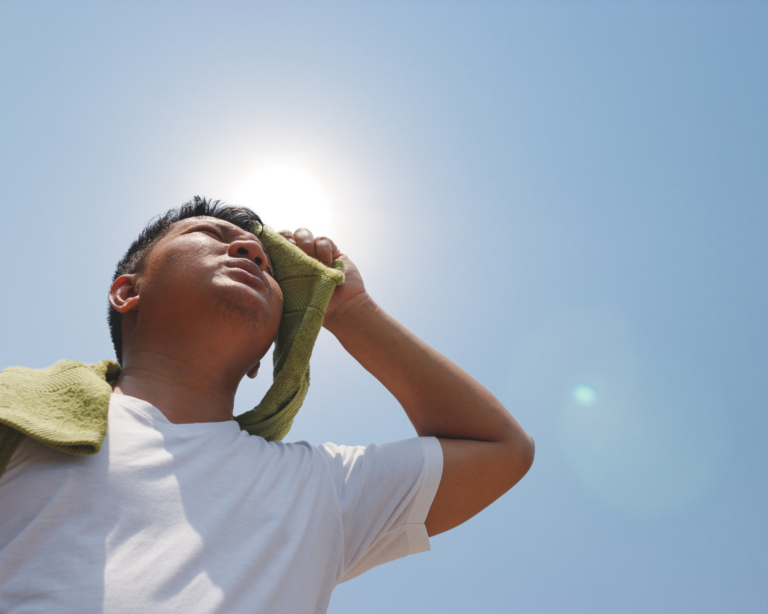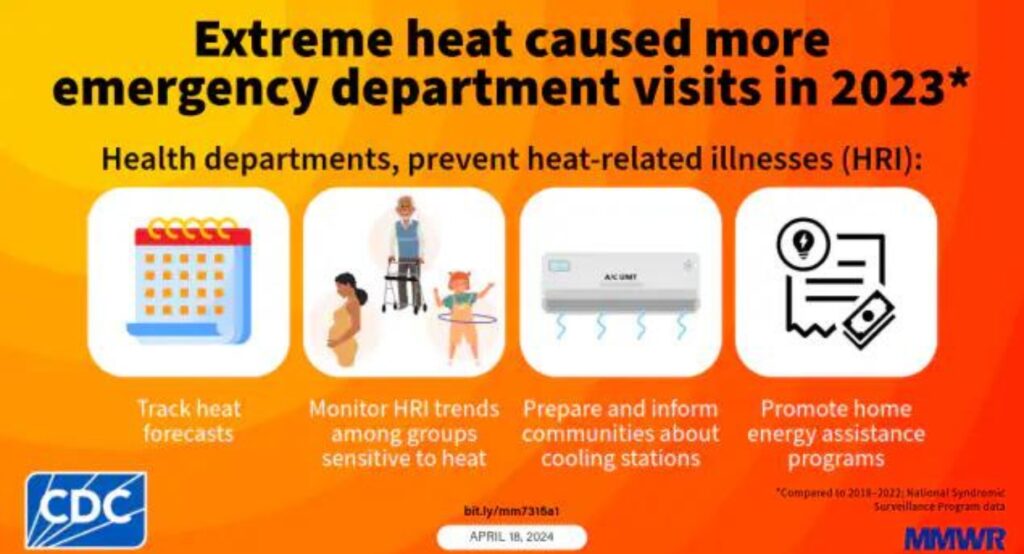Scorching Summers: Heat Waves Trigger Surge in ER Visits
Heat waves are becoming more frequent and severe, highlighting the need to prepare communities to stay cool against this looming threat.

Read Time: 2 minutes
Published:
The summer of 2024 has already surpassed previous temperature records across the United States, with the trend predicted to continue. Last year, the 2023 warm-season months, from May to September, were the hottest ever recorded up to that point, leading to a substantial increase in heat-related illnesses and emergency department (ED) visits.
Researchers from the Centers for Disease Control and Prevention (CDC) analyzed data from the National Syndromic Surveillance Program, looking at ED visits with symptoms indicative of heat-related illness (HRI), such as heat exhaustion and heat stroke, to understand the impact of the 2023 heat waves.
They found a staggering 119,000 HRI ED visits in 2023, a dramatic increase from the prior average of around 60,000-80,000 annually. Most of these visits occurred during the months of July and August. This year, the CDC heat and health tracker showed a spike in heat-related illnesses as early as June.

The above graphic from the CDC illustrates key strategies recommended for health departments to mitigate heat-related illnesses. Tracking heat forecasts enables health officials to anticipate dangerous conditions and alert the public. Monitoring HRI trends among groups sensitive to heat, such as children, the elderly, and those with chronic illnesses, helps identify populations most in need of outreach and assistance.
Preparing communities involves collaborating with local partners to open and promote cooling stations, especially in areas with vulnerable populations who may lack access to air conditioning. Health departments can also promote programs that assist low-income households with utility costs, such as the Low-Income Home Energy Assistance Program, to ensure people can afford to keep their homes cool during heat waves.
As global warming continues to fuel more frequent, severe, and prolonged heat waves, such preventive measures are vital to protect public health. Health departments play a key role in building community resilience to worsening heat hazards through implementing these strategies.



